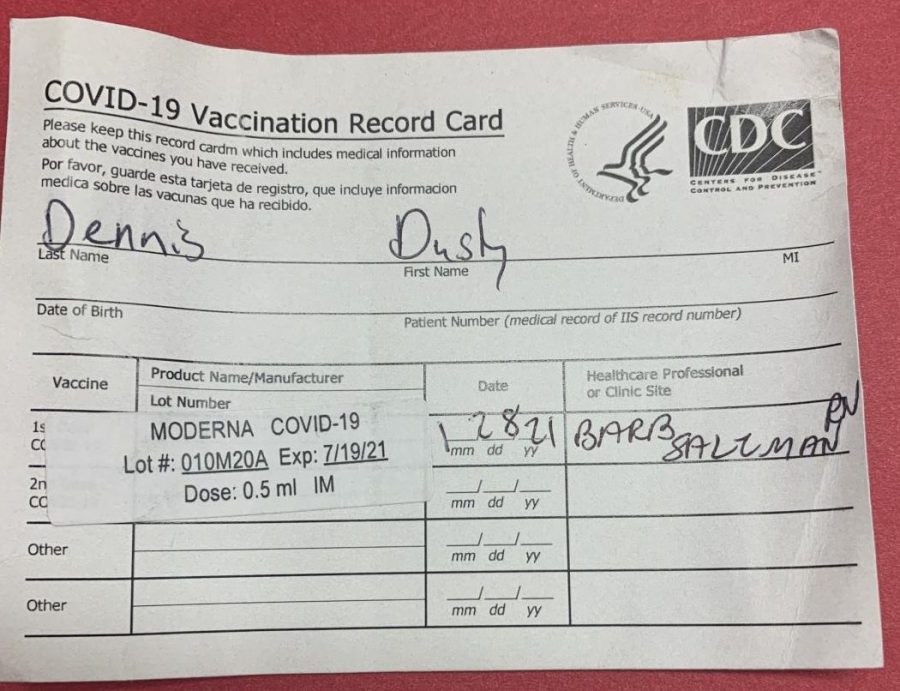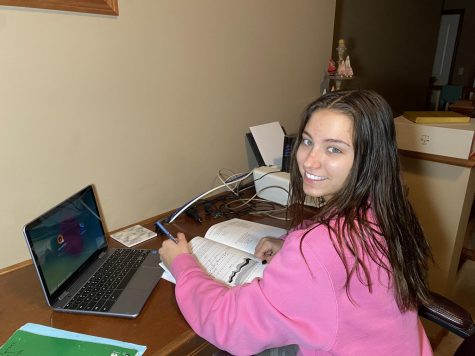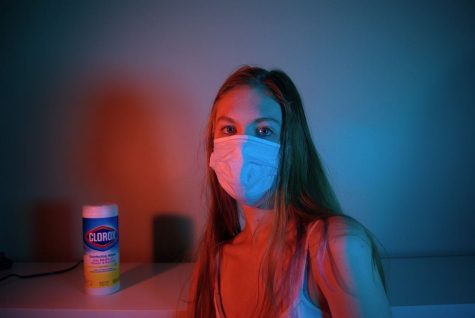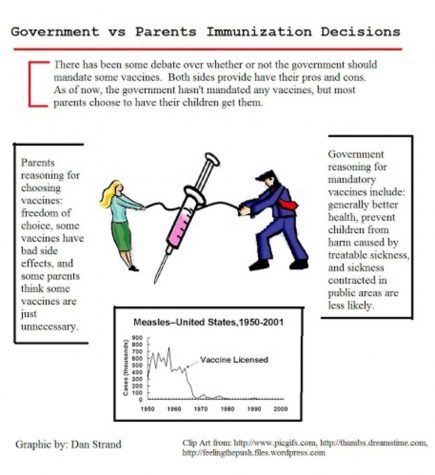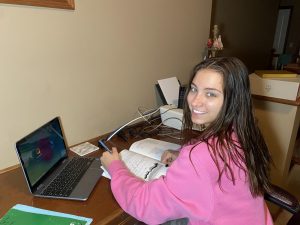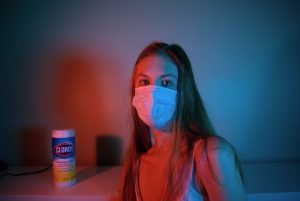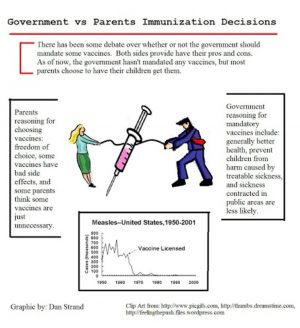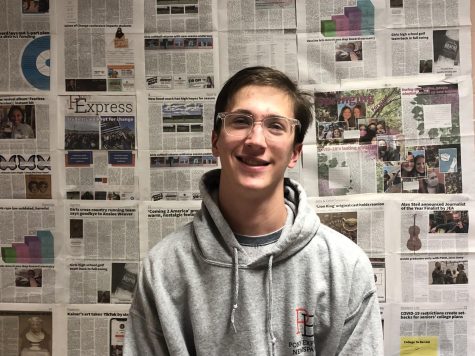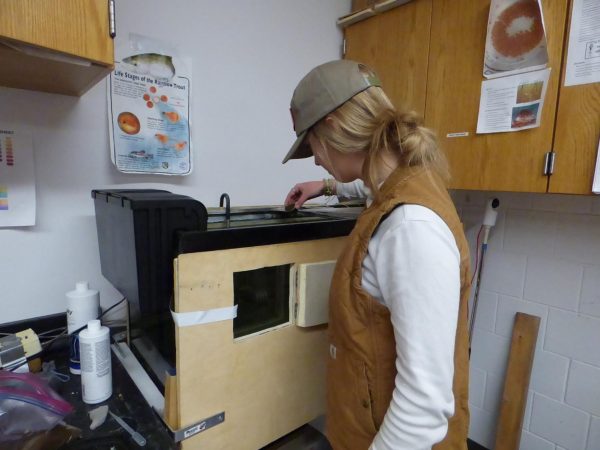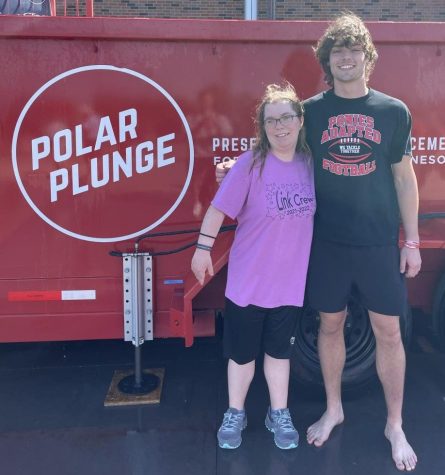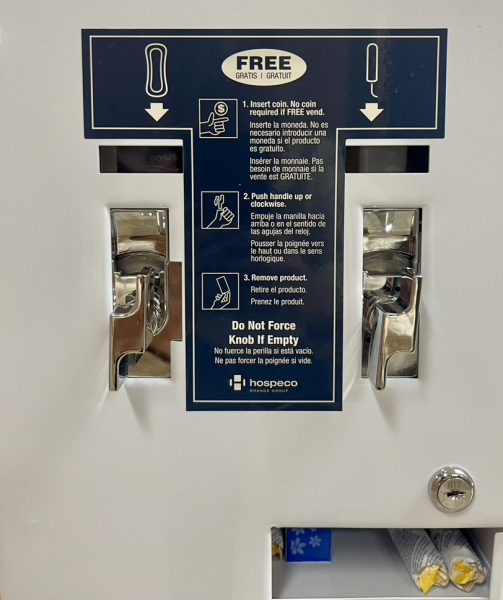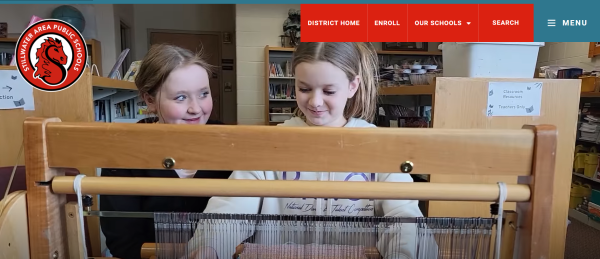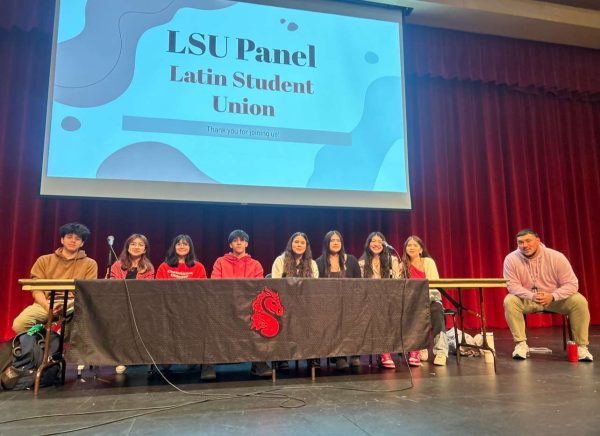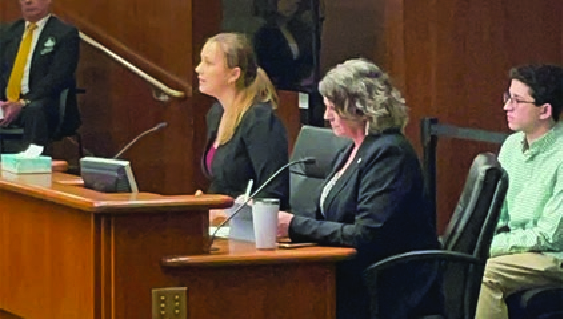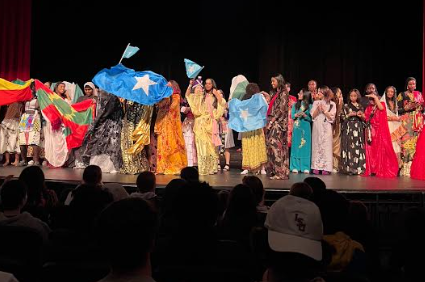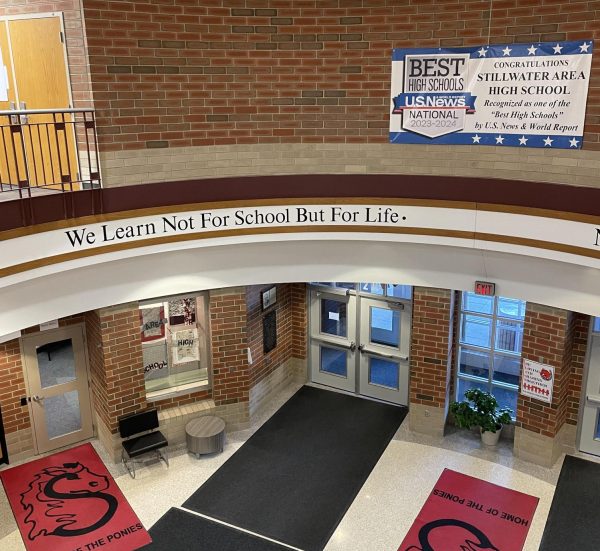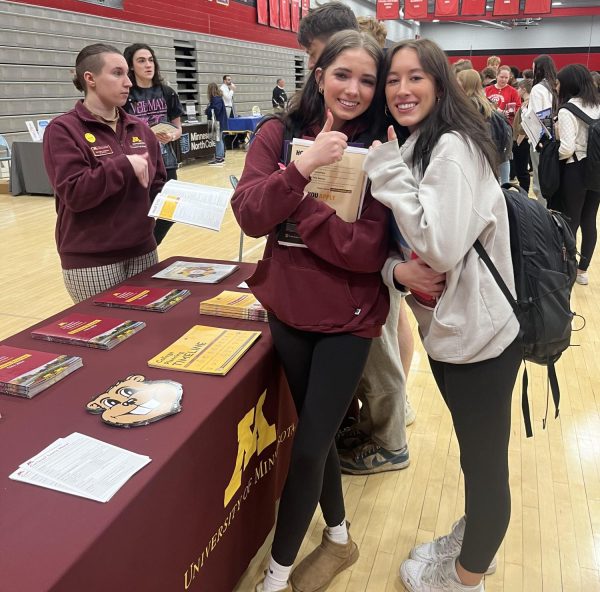Covid-19 vaccine prioritizes teachers
Photo submitted by Dusty Dennis
Special education teacher Dusty Dennis received the Covid-19 vaccine on Jan. 28 in the Twin Cities to help prevent himself and others from getting Covid-19. This vaccination card is a record of getting the vaccine.
March 5, 2021
“I have an additional line of defense against COVID, and also the thought of just doing things that I have not done in, you know, over a year like. Like, hug my parents you know when they are able to get the vaccine as well,” history teacher Ryan Miller said.
Because many teachers, students, and families want to go back to school, it has been important for teachers to get vaccinated all around the country. Although the rollout of the vaccine has been slow to begin with around early January, it is picking up pace, which leads to the importance of schools reopening for in-person learning.
According to the CDC, the COVID-19 Pfizer vaccine is 95 percent effective after both doses. With many teachers and families getting the vaccine, the transmission of COVID-19 will greatly be lowered. With the transmission of COVID-19 lowered, normal activities can resume, such as in-person learning.
Junior Jana Myers explained how she thinks everyone should get vaccinated at one point so we can get back to normal, hopefully by the late summer or early fall.
Furthermore, the vaccination process has been extremely fast and well thought out for many. Although there is a bit of paperwork to fill out when arriving at the vaccination site, the actual process of receiving the vaccine is fast. Many have been impressed by the efficiency at the vaccination site.
“I would say that I was very impressed by the number of volunteers who were working. I assume they are volunteers, but the number of people that were helping with the vaccine distribution and just how knowledgeable everybody was on on where to go at the vaccination site, and how helpful they were and how smooth the whole operation was functioning,” Miller said.
With the first dose of the vaccine, many do not have side effects, and if they do have side effects, they are very subtle. With the second dose, however, some have reported side effects such as swelling, mild fevers, fatigue, and aches. Many of these side effects are symptoms of COVID-19, meaning that your body would actually be having a better reaction to the vaccine.
Miller talked about how he felt “a little bit more tired for the first 24 hours.” He was still able to do all the usual physical activities that he does such as running.
The fact that I teach a class, almost entirely in a different language is crazy. Usually, I am able to do class 99% in Spanish, but now I find myself needing to use more English because I cannot tell as well on Zoom if they are understanding. I am much more able to read that in-person in class. It is also harder to tell their comfort level, and to give them the reassurance and develop that personal connection and trust.
— Kristin Carter
For many world language, music, and art teachers, COVID-19 has brought a struggle regarding how to teach a completely different language, various musical techniques, or basic painting and drawing skills remotely on Zoom. The vaccine will help students get back to school so they are able to learn in a normal way again. Many band, orchestra, and choir sectionals are starting to have physically distanced in-person rehearsals already.
“The fact that I teach a class, almost entirely in a different language is crazy. Usually, I am able to do class 99% in Spanish, but now I find myself needing to use more English because I cannot tell as well on Zoom if they’re understanding,” Spanish teacher Kirsten Carter said. “I am much more able to read that in-person in class. It is also harder to tell their comfort level, and to give them the reassurance and develop that personal connection and the trust.”
Although the various COVID-19 vaccines such as Pfizer and Moderna vaccines can help lower infection rates of the original COVID-19 type, many variants have emerged since, such as variants from the United Kingdom and South Africa. These variants are known to spread quicker than the original, and the various COVID-19 vaccines do not protect you from these variants as much as the original. Many people’s views of the virus have changed from October to now.
Carter explained how in October, scientists and medical experts were still learning more about treatments and were concerned about the severity of it. Although it still can be severe for some people, it seems like they are able to help more patients more often. Now, the new COVID-19 variants create a new level of concern in a different way.
Finally, the vaccine will help prevent various COVID-19 outbreaks among family members. Throughout the COVID-19 period, it has been known that COVID-19 can strike a family like dominoes falling over. As in the game dominoes, when one family member gets COVID-19, others do too.
“It was definitely a rough experience, especially for my mom and I because we still do not have our taste or smell back. And it has been, I do not even know, four months,” Myers said.
For many teachers, school has been a struggle, as they have had to reinvent learning. The vaccine can change this by bringing another layer of protection against COVID-19. For the time being, make sure to wear a mask and physically distance from people by staying at least six feet apart.
“I am very used to interacting with all of my kids, every hour, and that was not the same, even in hybrid this year. That is the one thing that weighs most heavily on me, that I am not able to read their body language. I am not able to try and express just that warmth of, you know, being close to each other,” Carter said.


